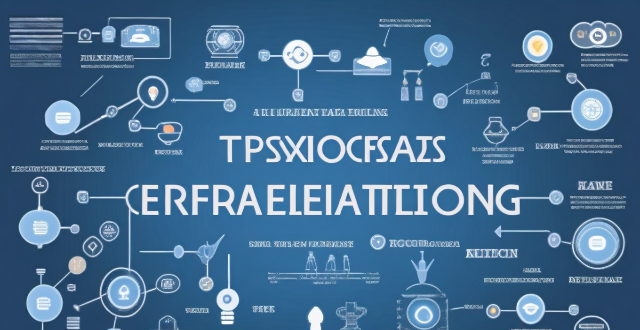The text discusses the pivotal role of technology in securing a consistent supply of sustainable energy. It highlights how technology enhances efficiency, reduces costs, mitigates environmental impacts, boosts energy security, and fosters innovation and job creation in the renewable energy sector.

The Role of Technology in Ensuring a Continuous Supply of Sustainable Energy
Technology plays a crucial role in ensuring a continuous supply of sustainable energy. It helps to improve the efficiency and reliability of renewable energy sources, reduce costs, and mitigate the environmental impact of traditional energy sources. In this article, we will discuss the various ways technology contributes to sustainable energy production and consumption.
1. Improved Efficiency and Reliability
*a. Smart Grids*
- Definition: A smart grid is an advanced electrical grid that uses digital communication technologies to monitor and manage the flow of electricity from power plants to consumer appliances.
- Benefits: Smart grids enable better integration of renewable energy sources, such as solar and wind power, into the existing power infrastructure. They also help to optimize energy distribution, reduce power outages, and improve overall system efficiency.
*b. Energy Storage Solutions*
- Definition: Energy storage systems, such as batteries and pumped hydro storage, store excess energy produced by renewable sources for later use.
- Benefets: These systems help to balance fluctuations in renewable energy production (e.g., when the sun isn't shining or the wind isn't blowing) and ensure a continuous supply of clean energy.
2. Cost Reduction
*a. Advancements in Renewable Energy Technologies*
- Solar Panels: Innovations in solar panel design and materials have significantly reduced their cost over the past decade, making them more accessible to consumers and businesses alike.
- Wind Turbines: Improvements in turbine design and materials have increased the efficiency and longevity of wind turbines, reducing the overall cost of wind energy production.
*b. Economies of Scale*
- As more people adopt renewable energy sources, the demand for these technologies increases, leading to larger production volumes and further cost reductions through economies of scale.
3. Environmental Impact Mitigation
*a. Carbon Capture and Storage (CCS)*
- Definition: CCS involves capturing carbon dioxide emissions from fossil fuel combustion processes and storing them underground or in other long-term storage solutions to prevent their release into the atmosphere.
- Benefits: This technology helps to reduce greenhouse gas emissions from conventional power plants, contributing to global efforts to combat climate change.
*b. Bioenergy with Carbon Capture and Storage (BECCS)*
- Definition: BECCS combines bioenergy production with carbon capture and storage techniques to create a net removal of CO2 from the atmosphere.
- Benefits: By using plant matter to generate energy while simultaneously sequestering carbon, BECCS offers a potential pathway for negative emissions, which could help offset some of the CO2 already in the atmosphere.
4. Enhancing Energy Security
*a. Diverse Energy Mix*
- Importance: By incorporating a mix of renewable energy sources like solar, wind, hydroelectric, and geothermal power, countries can reduce their dependence on single sources of energy, enhancing national energy security.
*b. Decentralized Energy Production*
- Benefits: Distributed generation allows individuals and communities to produce their own energy locally through solar panels or small wind turbines, increasing energy independence and resilience against large-scale disruptions in centralized power systems.
5. Promoting Innovation and Job Creation
*a. Research and Development (R&D)*
- Investing in R&D for new sustainable energy technologies not only drives innovation but also creates jobs in research, development, manufacturing, installation, maintenance, and support services.
*b. Green Economy*
- The transition to a green economy powered by renewable energy sources creates numerous employment opportunities across various sectors, including construction, engineering, IT, and more.
In conclusion, technology plays an integral role in ensuring a continuous supply of sustainable energy by improving efficiency and reliability, reducing costs, mitigating environmental impacts, enhancing energy security, and promoting innovation and job creation. As technological advancements continue to evolve at a rapid pace, they will undoubtedly play an even greater part in shaping our sustainable energy future.